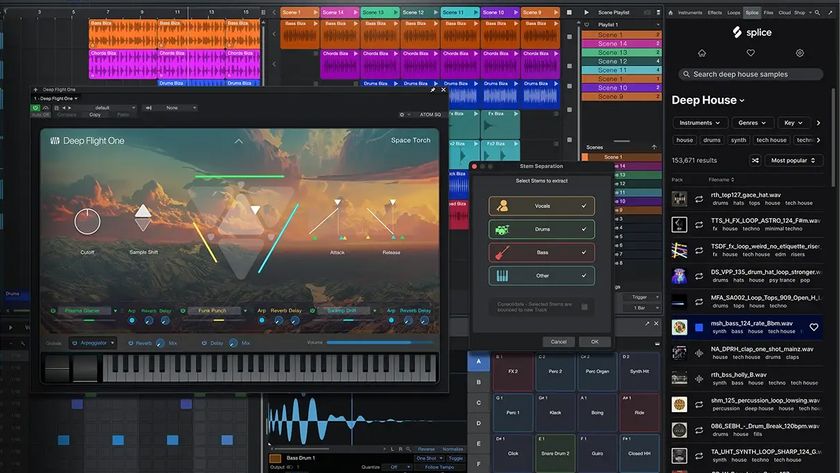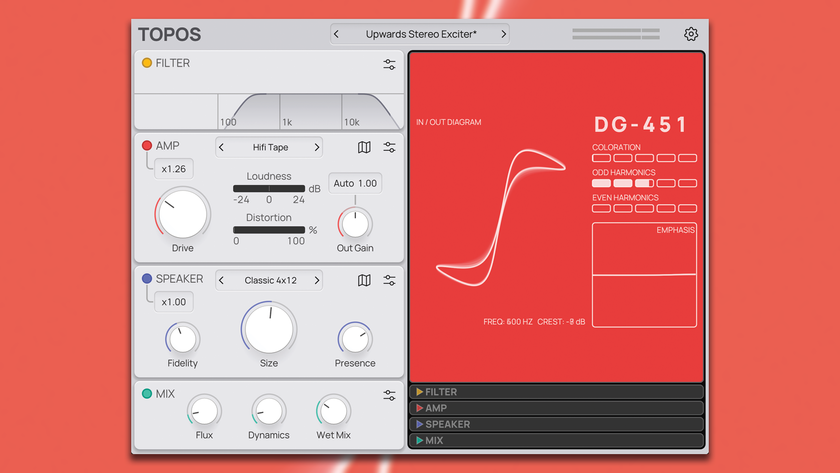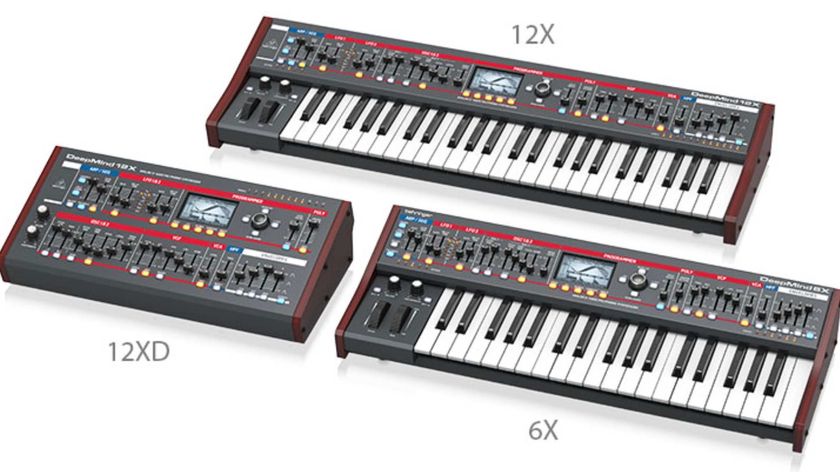The future of FL Studio: 6 things you need to know
CTO Jean-Marie Cannie talks Mac ports, hardware development, big-name users and more
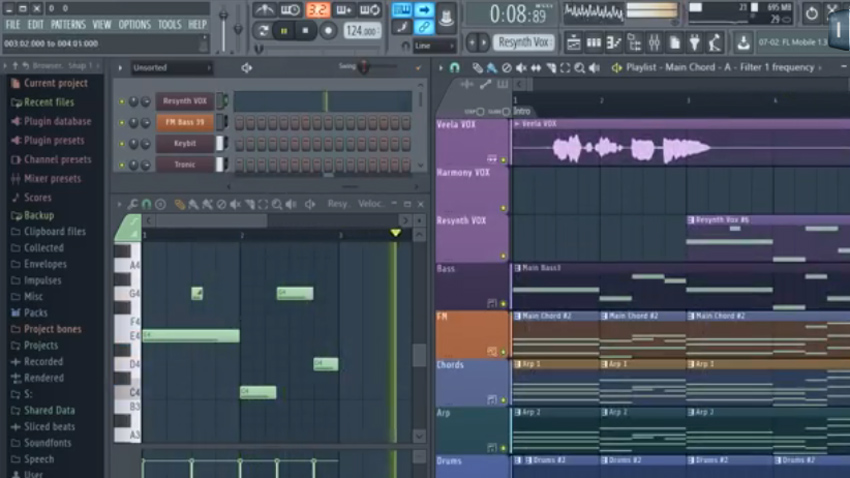
Despite the fact that it's been on the market (originally as FruityLoops) for more than 15 years now, it's only in the past few years that some people have started to take FL Studio seriously. This is thanks, in no small part, to the fact that a slew of famous users have been singing its praises - the likes of Avicii, Madeon and Martin Garrix - raising the profile of the DAW significantly.
At Musikmesse, our friends at Future Music magazine got the chance to talk to Image-Line CTO Jean-Marie Cannie, and he explained what's currently occupying his team's development time and what the future of the software might be. Here are six key points that came out of their conversation.
1. Performance mode is a big focus
Cannie explained that a lot of work has gone into FL Studio's Performance Mode, with Image-Line attempting to stop existing users from having to take their projects into the likes of Ableton Live - and potentially switch to the software full-time - when they want to play them in a live context.
2. A native Mac version is coming
Mac users continue to be able to use the beta of the 'wrapped' version of FL Studio that Image-Line launched last year, but this has its limitations (OS X Audio Unit and VST plugins won't run in it, for a start.
The good news is that the company is working on a better Mac solution: "We are developing a native OS X version. We hope to have some betas by the end of the year," says Jean- Marie Cannie.
Cannie also says that Mac versions of some of Image-Line's plugins are being worked on, with the Harmor synth likely to be the first conversion.
3. Growth has been steady
FL Studio's profile may have been raised recently, but it isn't the case that sales have suddenly boomed. "The growth has been very steady for us," says Jean-Marie Cannie, "It just took some people like Avicii and Afrojack to put [FL Studio] on the map".
Get the MusicRadar Newsletter
Want all the hottest music and gear news, reviews, deals, features and more, direct to your inbox? Sign up here.
4. Hardware isn't on the roadmap
The likes of Ableton and Native Instruments have successfully created hardware that integrates directly with their software, but don't expect Image-Line to follow suit. "We develop the software, we put it online and it works," says Jean-Marie Cannie.
Expanding on this, he explains: "We are very small and not tailored to doing that kind of stuff [hardware]. We don't have any hardware experience and it would be a bit weird to start doing it now".
5. Artists help to shape development
Cannie was quizzed on the influence that high-profile FL Studio users have on the future development of the software. Is it the case that features they request are prioritised?
"If they ask for stuff to get implemented then it gets higher priority, but it has to fit in with what we're doing," he says. "Some things may seem very simple to do, but it's not always easy to just smuggle in something that looks like one button."
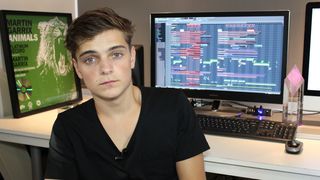
FL Studio fan Martin Garrix.
6. Vectorial is the future
Discussing the current focus for FL Studio's developers, Jean-Marie Cannie emphasised the importance of its move to a vectorial interface, which will eliminate all bitmaps. This means that the entire GUI will be generated algorithmically and be scalable to look good on even the highest resolution displays. Preview video below.



I’m the Deputy Editor of MusicRadar, having worked on the site since its launch in 2007. I previously spent eight years working on our sister magazine, Computer Music. I’ve been playing the piano, gigging in bands and failing to finish tracks at home for more than 30 years, 24 of which I’ve also spent writing about music and the ever-changing technology used to make it.

